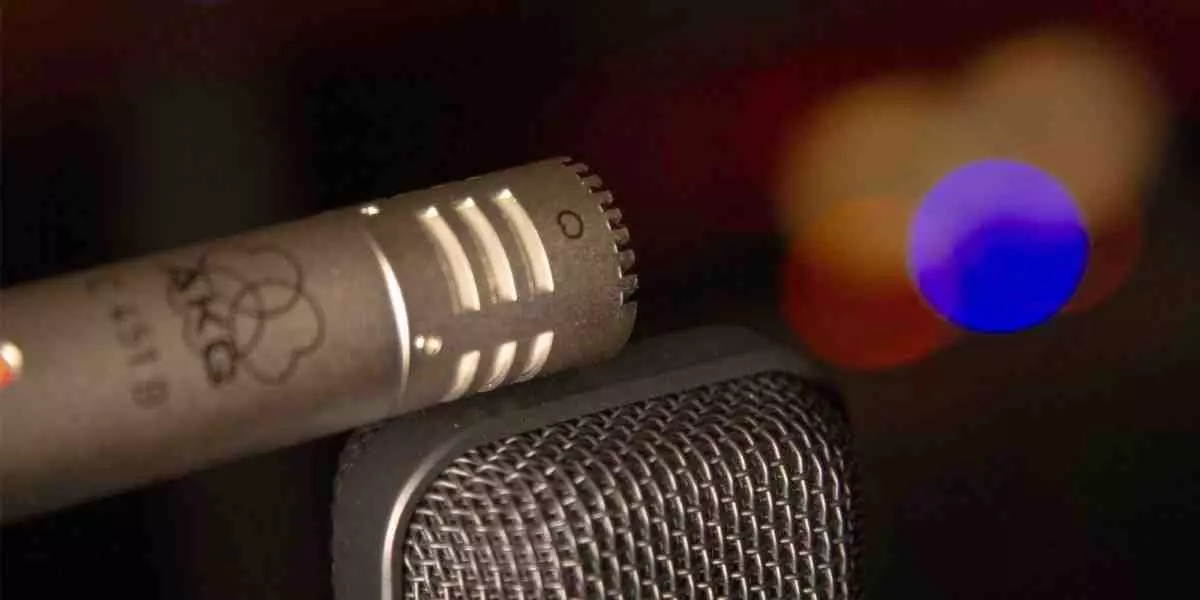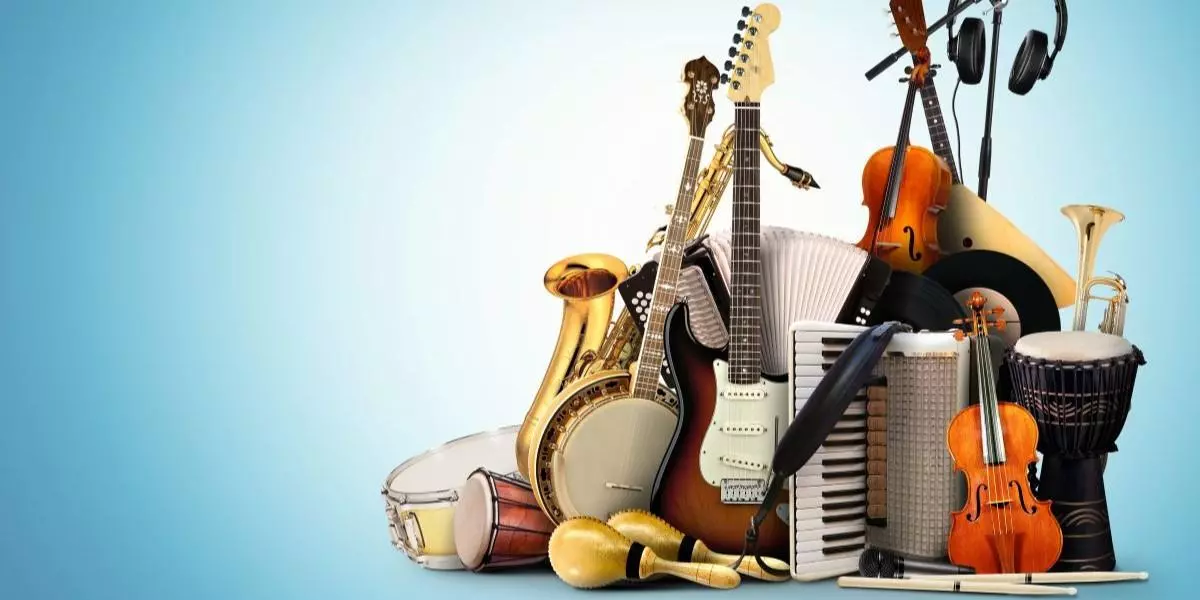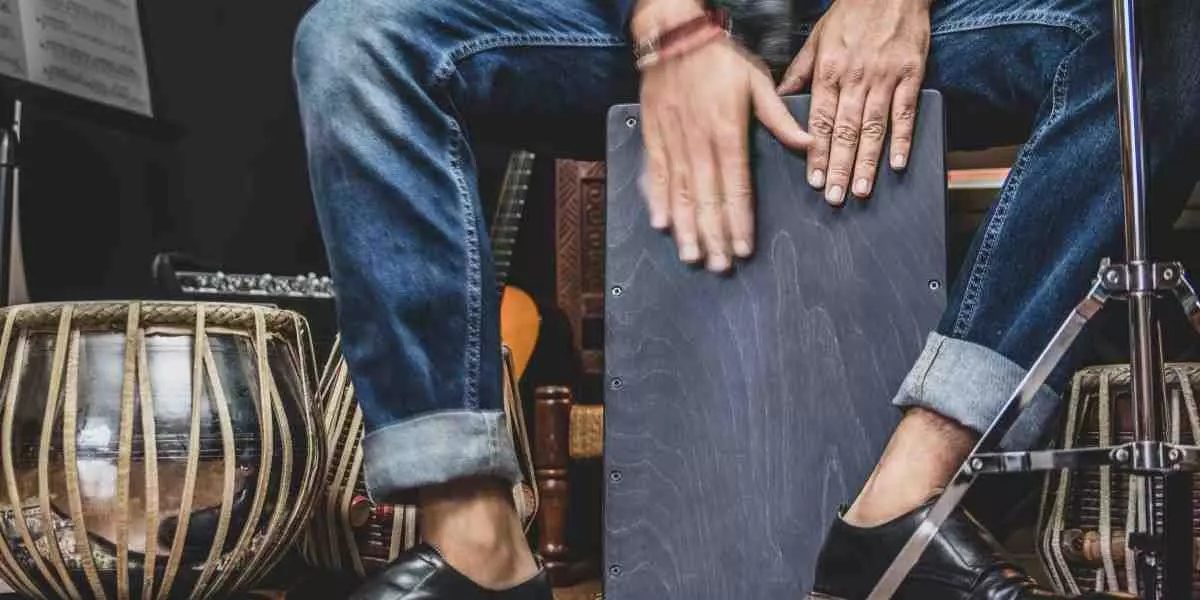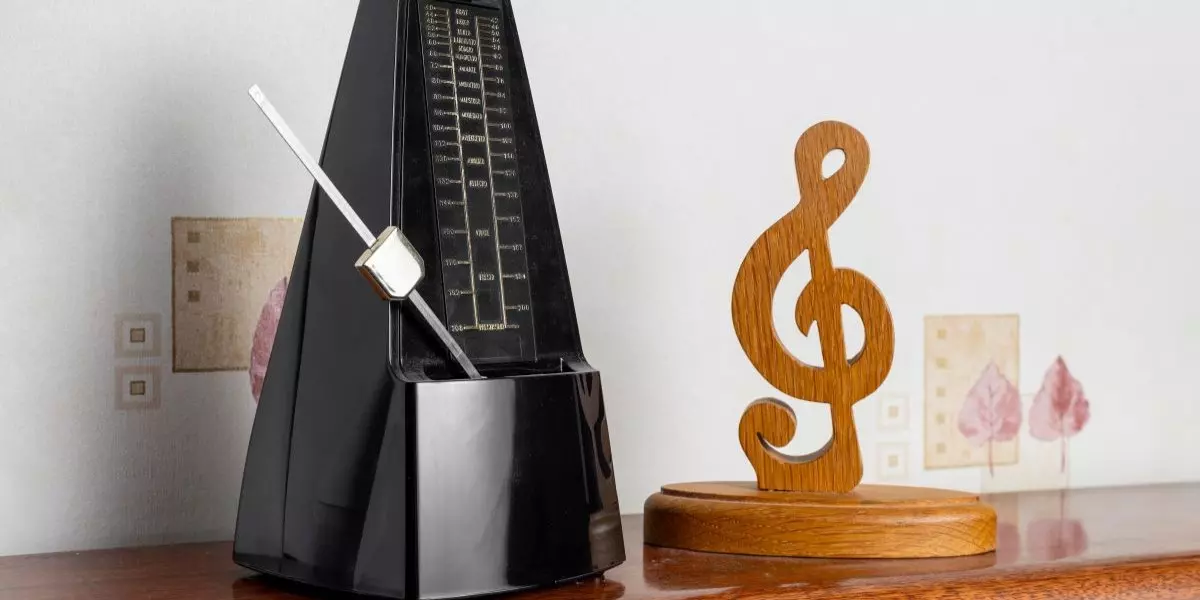Demystifying Time Signatures
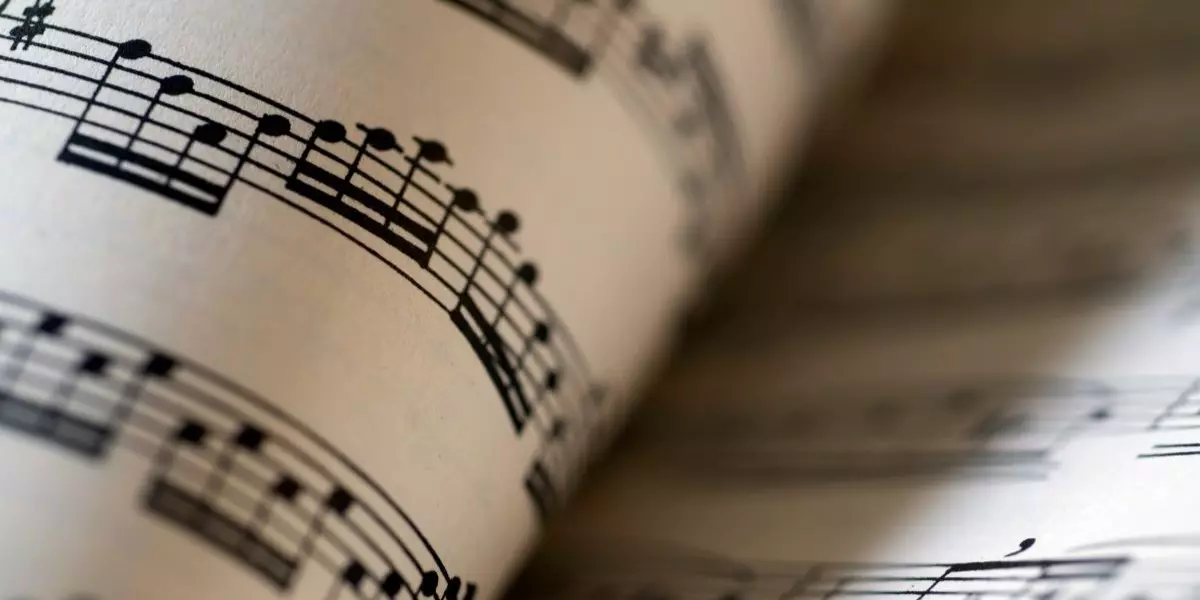
For many of us with limited experience reading standard music notation, time signatures can be a bit baffling. The good news is you probably know what they represent - and more importantly, how they feel. We’ve all experienced hearing them in different contexts, such as background music, focused listening, playing music and singing. What’s missing is understanding how the numbers, signs and terms are used in traditional notation to represent what we have already experienced.
First of all, let’s reframe the word Signature and think of it as Sign. It is not a unique “Signature” the way our personal signatures are. It is simply like a road sign telling us how Time is used in the music it refers to. So, Time Signature is a fancy way of saying Time Sign.
We can reframe Time to mean how time is divided by the rhythm of the basic beat and/or pulses that occur throughout the song. This repetitive division of time is the song’s rhythmic foundation.
So, Time can be thought of as Rhythm, and Signature can be thought of as Sign. Putting these together, the Time Signature of a piece of music can be thought of as its Rhythm Sign. It lets us know what the basic underlying rhythmic feel is.
The most often-used time sign is 4/4 (when written out conventionally, the 2 numbers are arranged vertically above and below each other with no fraction line.)
The top number is always the most important piece of information, because it tells us that the underlying rhythmic foundation of the music is a repeated unit of 4 beats. The lower number tells us that each basic pulse of the song is equal to a quarter note when written out in standard notation. The symbol of 4 over 4 can be thought of as 4 x ¼. If you are not reading the music notation, the lower number can be disregarded. In casual music circles people often just say the number of beats, eg. “it’s in 4” when communicating the number of beats per measure. In a formal time signature they’re talking about the “top” number. The main thing is the upper number is telling us there is a repeating 4-beat rhythmic foundation in this particular song.
To consciously experience and understand 4/4 time, lift your right heel ( if you are right handed) drop it down to the floor as you count “One”, then tap your toes 3 times counting “two” “three” “four”. Repeat 4 times. Each group of four is called a measure. It can be used to literally measure the length of a phrase of lyrics, or a section of the song, such as an intro, or a bridge. You’ve just consciously experienced 4 measures of 4/4 time. Represented graphically it looks like this:
HTTT HTTT HTTT HTTT
4/4 time is used most of the time. So much so that the symbol “C” is often used instead of the symbol “4/4” to indicate “Common Time”.
Another frequently used time signature is 3/4. This means that the basic underlying rhythm of the music has 3 pulses. Once again, the top number refers to the number of pulses or beats that are grouped together and repeating to create the rhythmic foundation. And again, the lower number tells us each basic pulse is given the value of a quarter note when written out.
To consciously experience 3/4 time, hit your heel down once as you count “One”, then tap your toes twice as you count “Two three”.
HTT
Repeat 4 times to make 4 measures of 3/4 time.
HTT HTT HTT HTT
Most songs with the word “Waltz” in the title, like “Tennessee Waltz,” are in 3/4 time. Consequently, 3/4 time is often referred to as Waltz Time. A good example of 3/4 time is “Happy Birthday.”
2/4 time can be experienced as a heel tap followed by a toe tap. It has 2 pulses per measure.
HT HT HT HT
The nursery rhymes “This Old Man” and “Hot Cross Buns” are good examples of 2/4 time.
When a measure of 3/4 is combined with a measure of 2/4, you get a measure of 5/4. So if you do a heel tap, followed by 2 toe taps, then one heel tap, followed by one toe tap, you are experiencing 5/4 time.
The first three numbers group together as you count “One two three” and the last two feel almost tagged on as you say “Four five”. Graphically 5/4 time looks like this:
H T T H T H T T HT H T T H T H T T HT
Paul Desmond’s classic “Take Five” fits this pattern, as does Jethro Tull’s “Living In the Past.”
Some 5/4 music will have the 2 beat part first, followed by the 3 beat.
H T H T T H T H T T H T H T T H T H T T
This is counted “One two, One two three” or, “One two, Three four five”.
The theme from Mission Impossible is an example of this “2 3” type of 5/4 time signature.
7/4 is used and can be broken down into a three section combined with a four section, or even a three section combined with 2 two sections, in any repeating order.
A famous example of the 3 4 version of 7/4 is “Money” by Pink Floyd. The main riff goes over a “One two three, One two three four”, which can also be counted “One two three, Four five six sev.” (Seven is pronounced “sev” to keep it down to one syllable)
“Seven” by the Dave Matthews Band is a 7/4 that counts “One two, One two three, One two” or “One two, Three four five, Six sev”.
Happy music making!
**
Tracey Newmann is a multi-instrumentalist, singer-songwriter and music teacher who specializes in accelerated learning techniques for adult beginners and recreational players.
He works at Long & McQuade in Edmonton.

